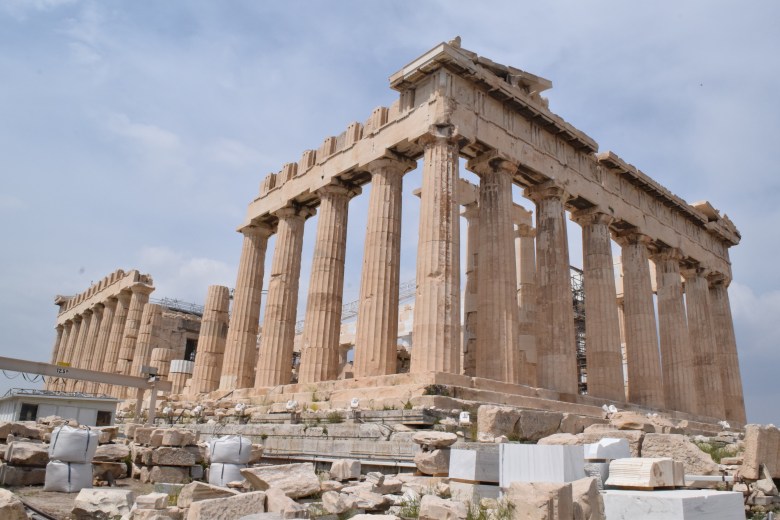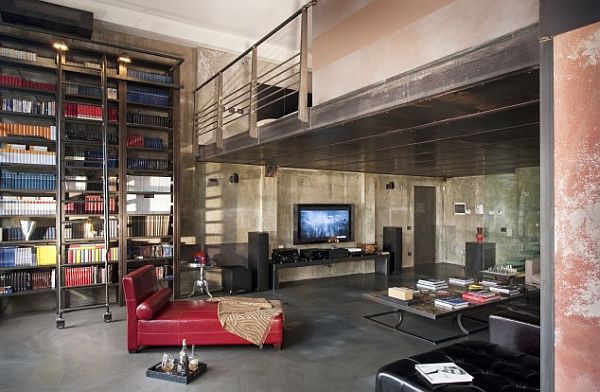You see many different ancient architecture styles in ancient and modern-day buildings. Only, you fail to realize that they are indeed designs of the olden days.
In essence, different generations have shown different talents when it comes to building structures. For instance, take a walk down memory lane in the field of architecture, and you’ll be perplexed by how intelligent we are.
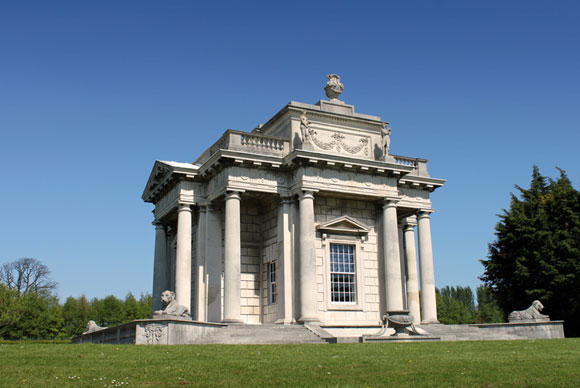

Factors Driving Changes in Architectural Styles
Motivated by culture, tradition, existing tools, personal targets, and the desire to go against the rules of construction, no previous generation can be said to a foot-dragger when it comes to building and construction.
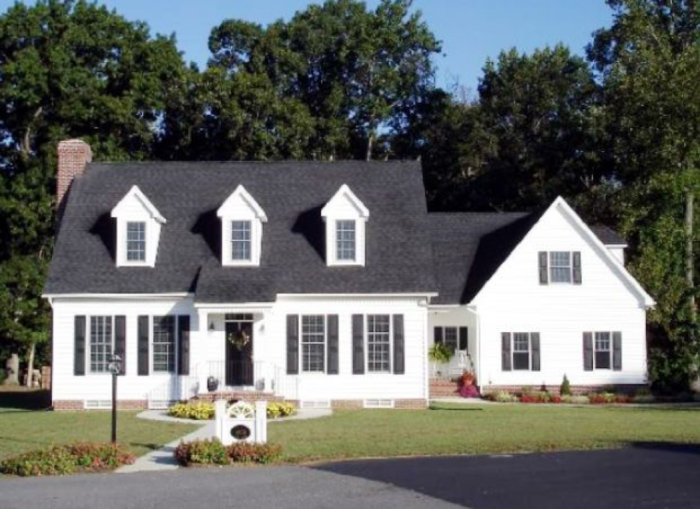
Since time immemorial, architects have gained inspiration from other designers, invented their works, discovered and experimented with new materials, and employed different technologies to make suitable homes for their generation’s needs.
And even as we speak, the desire to create more complex, comfortable, and luxurious homes of different sizes, shapes, capabilities, and designs continue to influence architecture.
Top 6 Modern & Ancient Architecture Styles
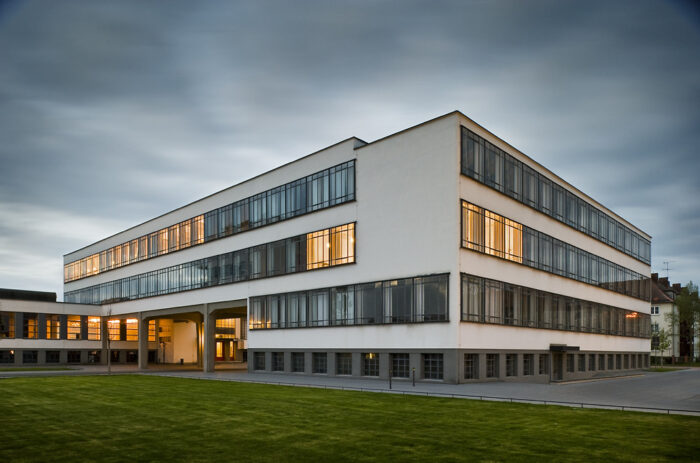
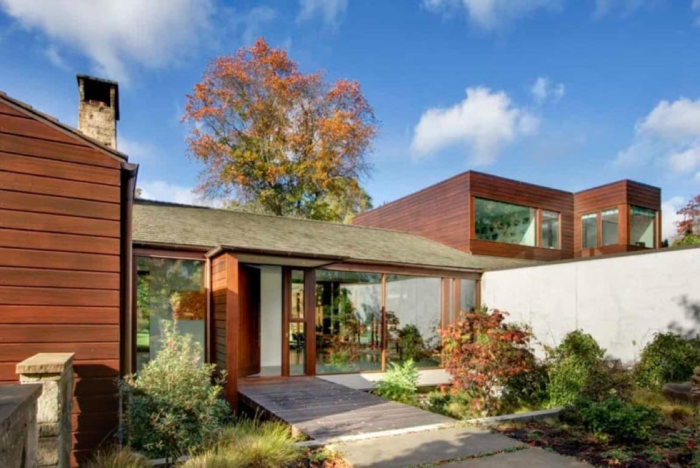
Today, many prehistoric structures still stand exquisitely in different parts of our large planet. We dig back to their roots to classify them according to style and origin.
1. Ancient Architecture
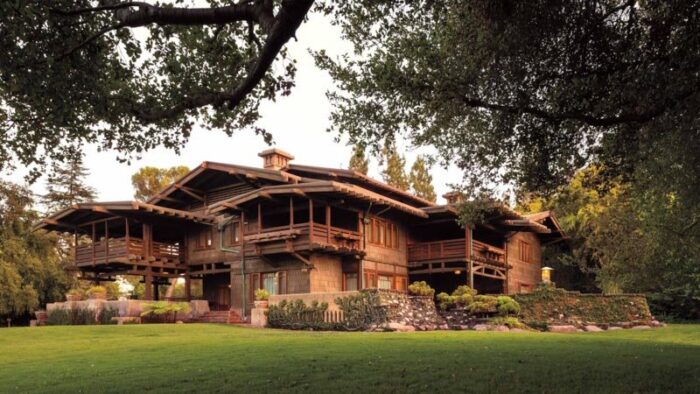 This is perhaps the earliest architectural design, as far as we can trace.
This is perhaps the earliest architectural design, as far as we can trace.
And it’s all breath-taking, from the Temple of Jupiter Optimus Maximus to the Egyptian Pyramids. These were the fathers of construction, and it’s evident that each culture had its perspective.
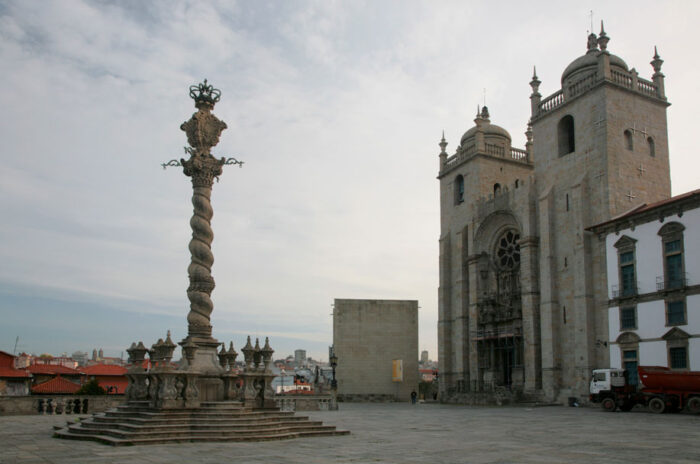
Greek-style temples focused on different column types, with each pillar decorated by gorgeous sculptures. Romans had their own style inspired by the discovery of concrete as a potential building material.
But the most common to us, are perhaps the most magnificent. The Pyramids of Giza, Egypt, and the Great Wall of China are two ancient landmarks we see every day to the extent we forget their antiqueness.
2. Classical Architecture

The Roman Empire is the founder of classical architecture, which spread to other parts of the world as the Roman influence set foot in continents such as Africa, Europe, and Asia.
This style gave birth to the countryside villas you see these days. Romans also made cobblestone roads to ease access to metropolitans.
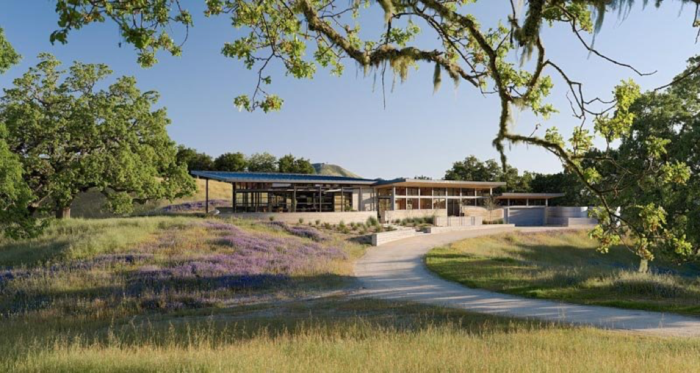
They were also the first to build a plumbing system that depended entirely on gravity to supply water to a whole city— a construction they called the aqueducts.
Classical Romans also adopted the pillars in Greek-style Temples. But one of their best ancient architectural styles is also the first monumental stadium in human history. It was known as the Colosseum and still stands as a tourist attraction. It hosted sports, entertainment, and cold-blood executions.
3. Medieval Architecture
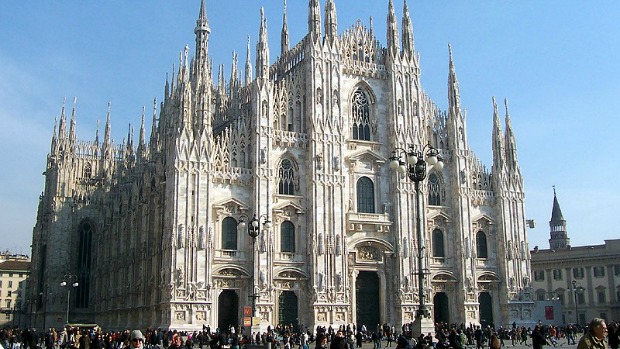
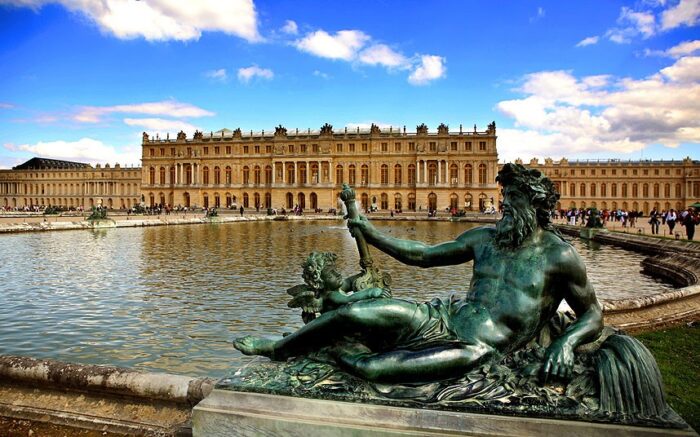
Born after the Roman Empire fell asunder, the church-influenced Medieval style picked up faster. It spread like bushfire to many parts of Europe, and soon, cities and towns began constructing shrines, cathedrals, and abbeys to form worshipping places for Christians.
Later, the enormous Cathedrals became a symbol of the Church’s authority—to be built in only major metropolitans.
4. Renaissance Architecture
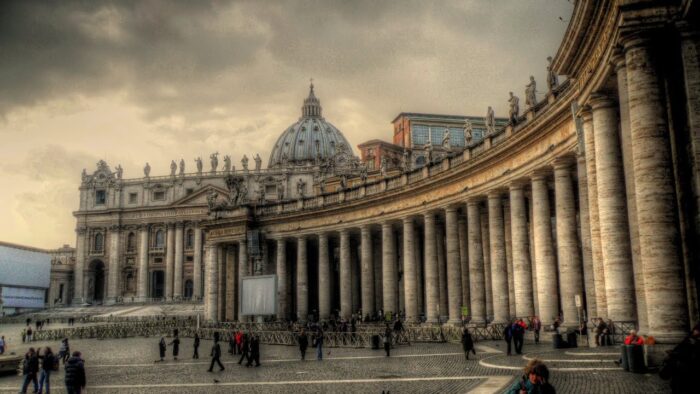
Well, it’s a shame the Roman Empire fell apart. Still, soon after, most elements of its classical architecture style (discussed above) resurfaced to form the Renaissance ancient architecture style.
The “reborn classical style” featured enormous cathedrals decked with lifelike statues and sculptures.

Asia embraced these renaissance-style temples and fortresses, and most were built to withstand calamities like earth tremors.
Renaissance architecture is last on the list of ancient architectural styles. Here are some contemporary designs.
5. Modern Architecture
![]()
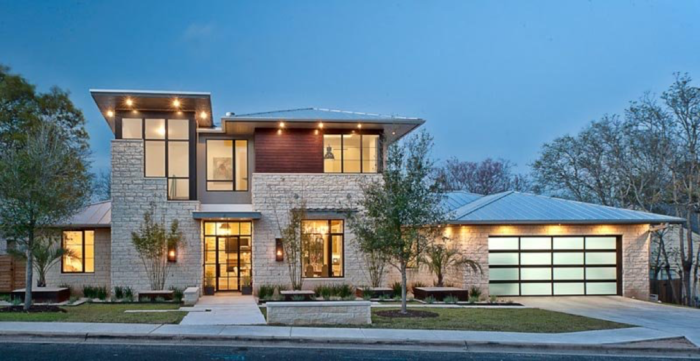
For modern architects, it seems like the sky was the limit. They were the first to go vertical with skyscrapers.
And if going upward was possible, nothing was impossible. So designers begun trying all sorts of strange or unusual structures, never seen before.
6. Post-Modern Architecture

Post-modern architecture refers to our modern-day style. Still, space is the limit. Skyscrapers are threatening to touch the skies. An excellent example is the decade-old Burj Khalifa Construction in UAE, constructed in 2010.
Again, this new generation of designers is shifting towards nature-inspired buildings. Most styles draw motivation or from (or take advantage of) flora, fauna, domestic and wild animals, and land structures.
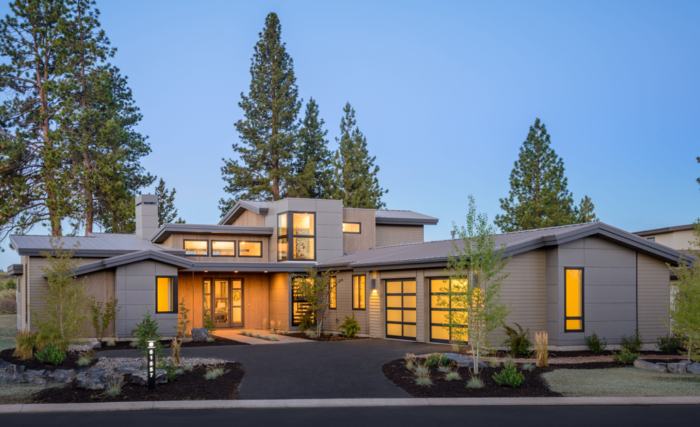
Many people living in towns now use nature-inspired materials like wood, use solar panels and incorporate the natural landscape into their designs
Therefore it isn’t an overstatement to claim that post-modern designs will influence the buildings and towns of the future.
Connecting the Past, Today, and the Future!
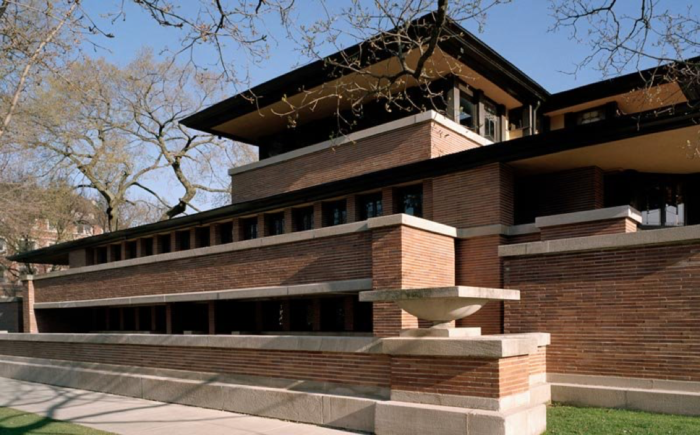
Both modern and ancient architecture styles can make the ultimate monument. Many times, the secret is to connect the past, today, and tomorrow.
And from a close look; nothing is really ancient; many old-architecture concepts dominate your home. You’d be surprised if you looked into the elements of each of these architectural styles.
